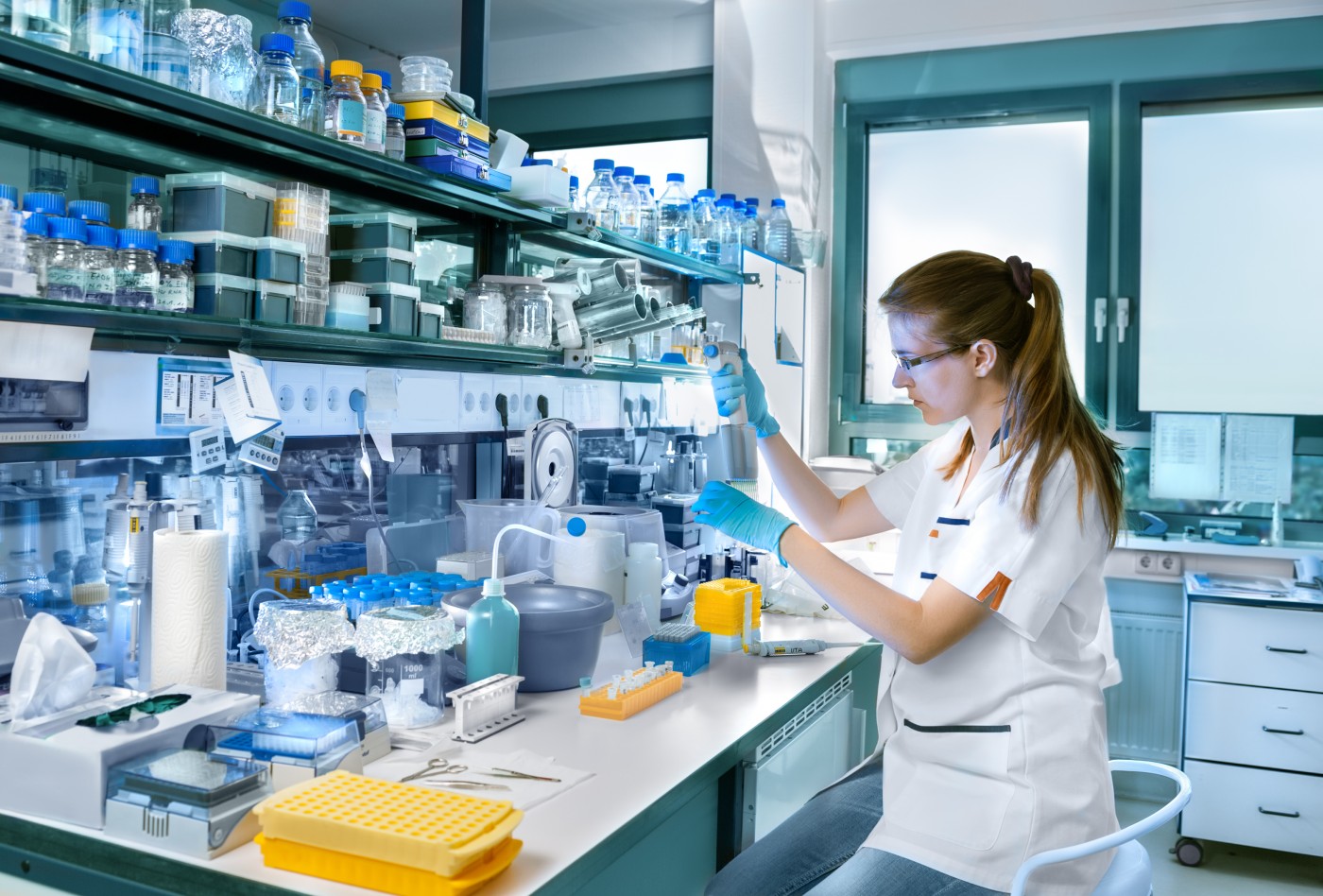ReachBio Launches Screening Platform to Find New Therapies for SCD

ReachBio Research Labs has created a drug screening platform to discover therapeutic compounds that trigger the production of fetal hemoglobin (HbF) to treat sickle cell disease (SCD) and other blood disorders.
SCD belongs to a group of inherited disorders known as hemoglobinopathies, primarily caused by mutations in the HBB gene that provides instructions for making the protein beta-globin.
Beta-globin is a component (subunit) of hemoglobin, the most abundant protein in red blood cells, which is needed to carry oxygen via the blood to tissues throughout the body.
In adults, hemoglobin (HbA) normally consists of four protein subunits — two subunits of beta-globin and two subunits of another protein called alpha-globin.
People with SCD produce abnormal HbA, which forms into stiff rods causing red blood cells to stiffen and adopt a “sickle” shape that makes them more prone to burst and block small blood vessels. This leads in many cases to severe anemia and acute pain, known as vaso-occlusive crisis (VOC).
β-thalassemia, another hemoglobinopathy, is characterized by a reduction in the production of adult hemoglobin, which also can result in severe anemia.
The symptoms and signs of both diseases can be reduced by reactivating the production of the gamma-globin genes, or HBG, a strategy known as fetal hemoglobin induction therapy.
During fetal life, gamma-globin replaces beta-globin, constituting the major hemoglobin of the fetus (HbF). This form of hemoglobin also has a higher affinity for oxygen than adult hemoglobin.
During infancy, HbF is gradually replaced by adult hemoglobin (HbA), but adults still retain low levels of fetal hemoglobin production (about 0.1% to 1% of total hemoglobin).
Hydroxyurea (HU), the current standard of care for treating SCD, works by increasing the levels of HbF, but it is not clear how.
Still, hydroxyurea has limited success in treating SCD, where 30% to 50% of patients are unresponsive to the treatment. It also is of little benefit for people with β-thalassemia, resulting in minor increases in HbF.
Recognizing the need for better therapeutic candidates, ReachBio developed a new drug screening platform to discover potential therapies able to boost HbF production. In addition, the platform also could be used to check for hydroxyurea responsiveness in some SCD patients.
The platform is a serum-free and two-step cell culture system in which human bone marrow cells can be expanded in the presence of various cytokines (signaling molecules). At a first stage, cells are put in sync, and then induced with a specific media to be distinctive in red blood cells. The assay (test) has been validated showing that HU consistently induces HbF.
“One of the advantages of this platform is that it ‘directly’ measures the actual HbF protein as opposed to other approaches that look at increases in transcript numbers or other indirect measurements which may not correlate directly with HbF protein levels. Furthermore, this high-throughput in vitro HbF induction assay will facilitate the ability to examine many new potential drug therapies, both alone and in combination with HU,” Emer Clarke, PhD, chief scientific officer at ReachBio, said in a press release.
“New drug approvals to address sickle cell disease symptoms have been scarce over the last 20 or so years. However, drug development companies and academic researchers are starting to make progress on this front due to the [U.S. Food and Drug Administration’s] mandate to excel development for new treatments.” said Rob Chaney, ReachBio’s general manager and chief operations officer.
“To attract companies to develop promising new sickle cell disease treatments, the FDA is supporting ‘fast track’ designation to bring new products to market faster, as well as giving certain drugs ‘orphan status’ for rare diseases.” he said.






